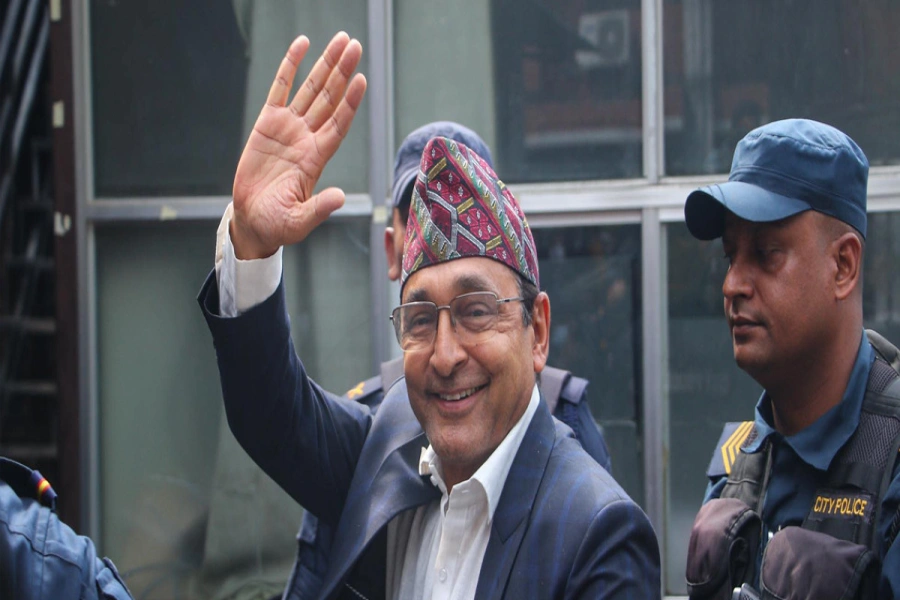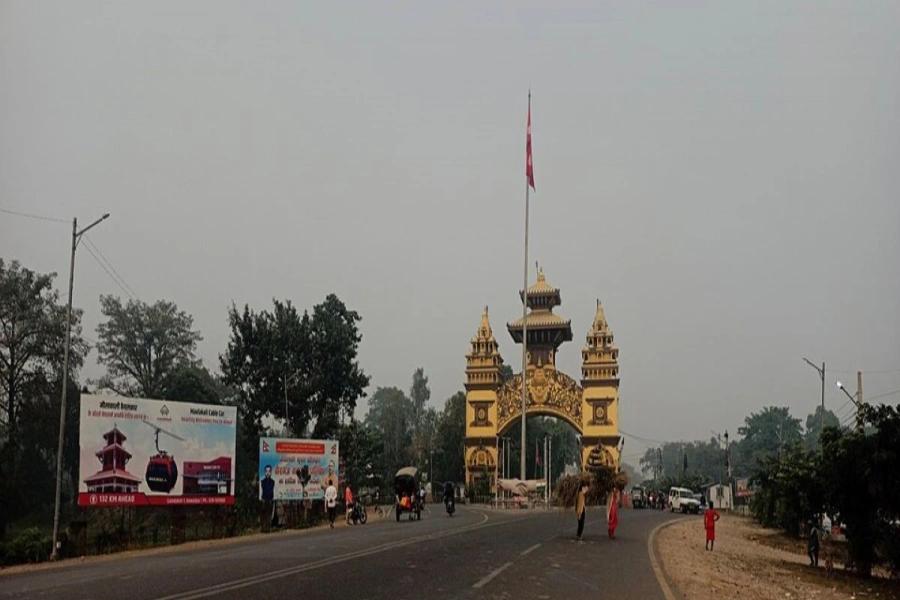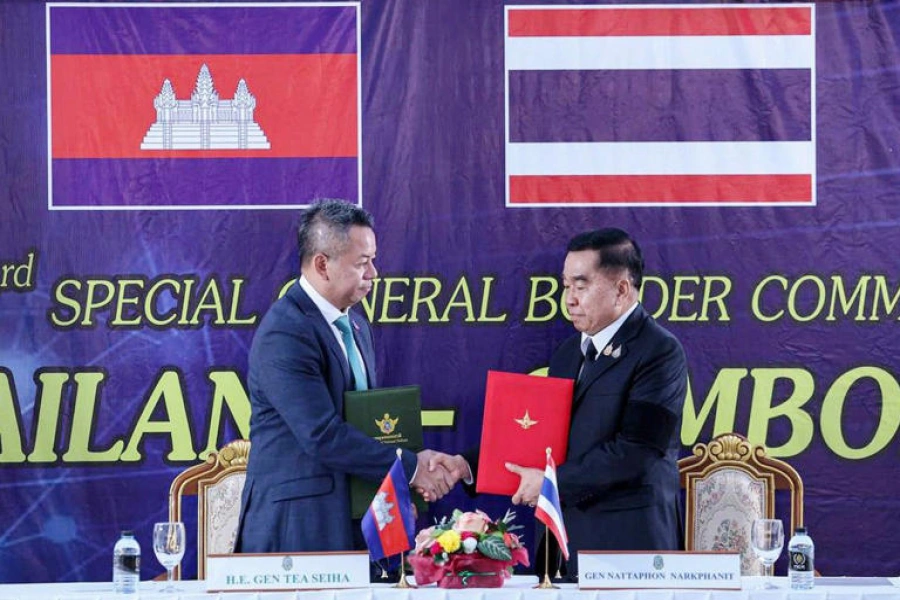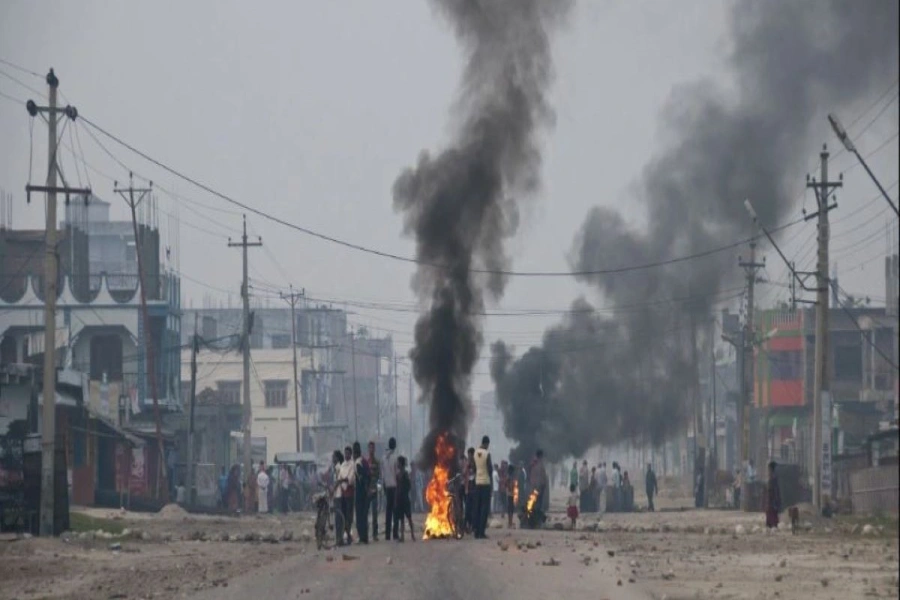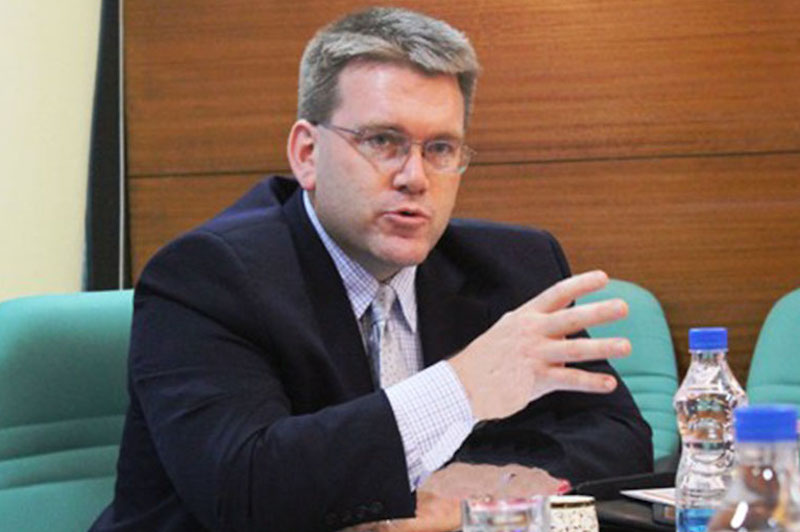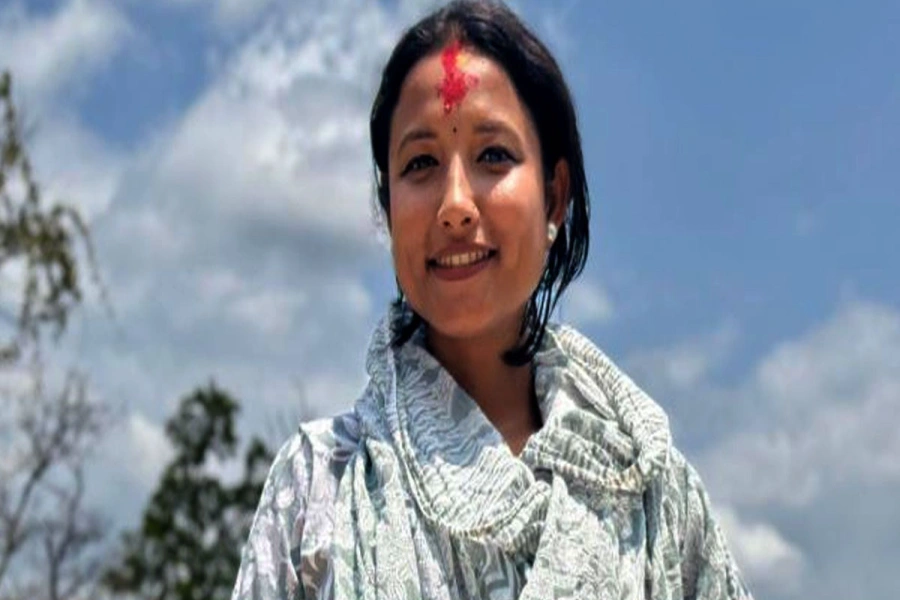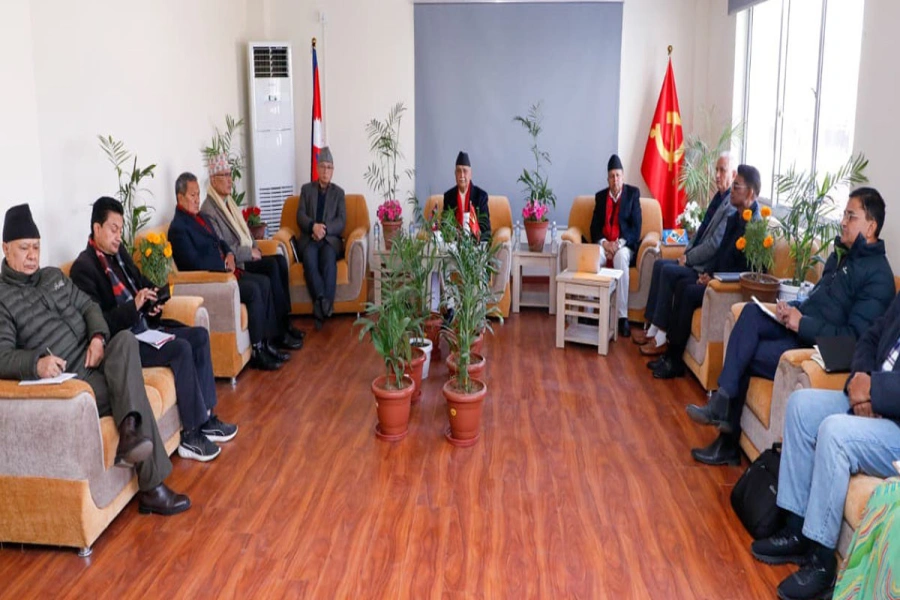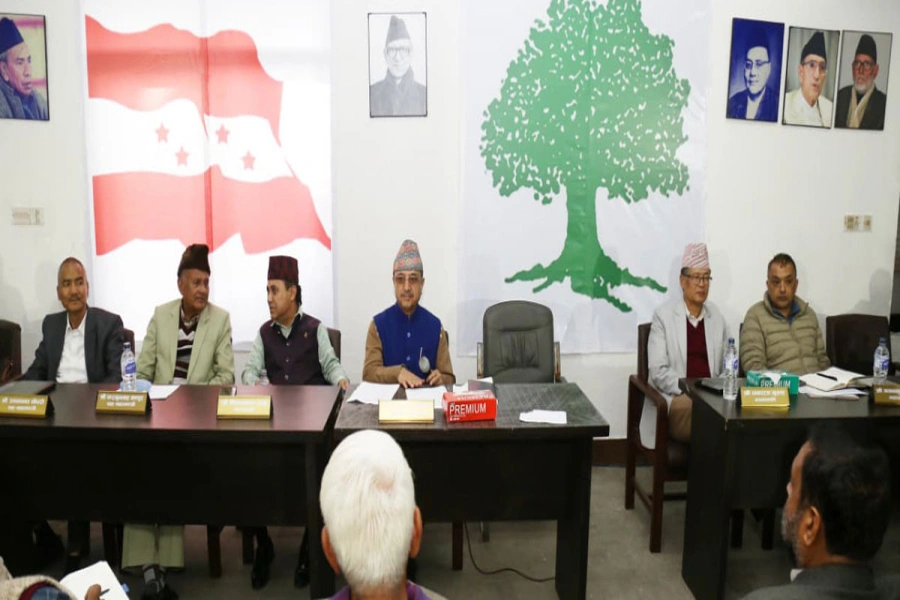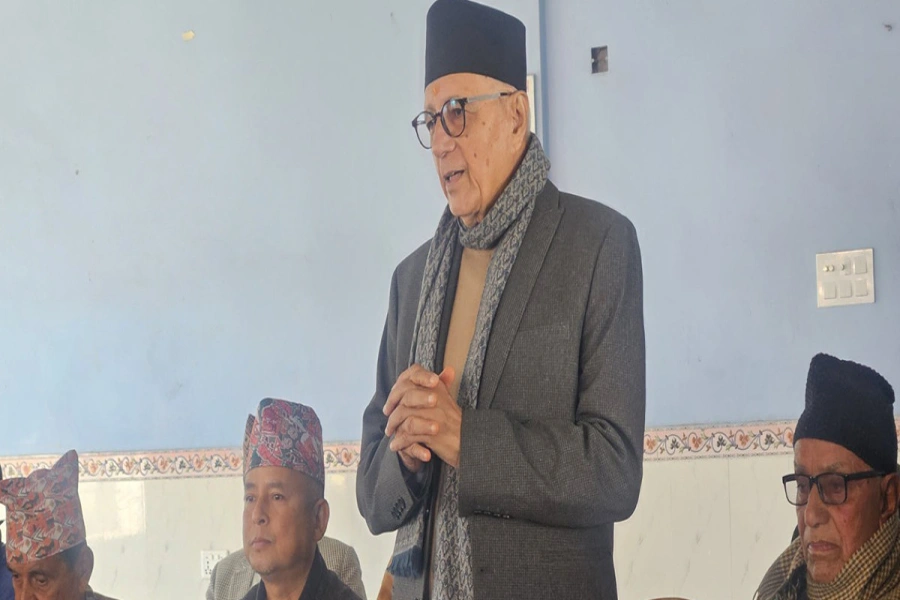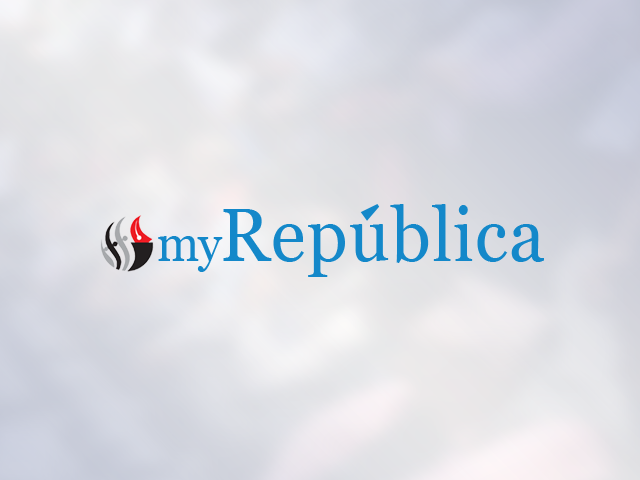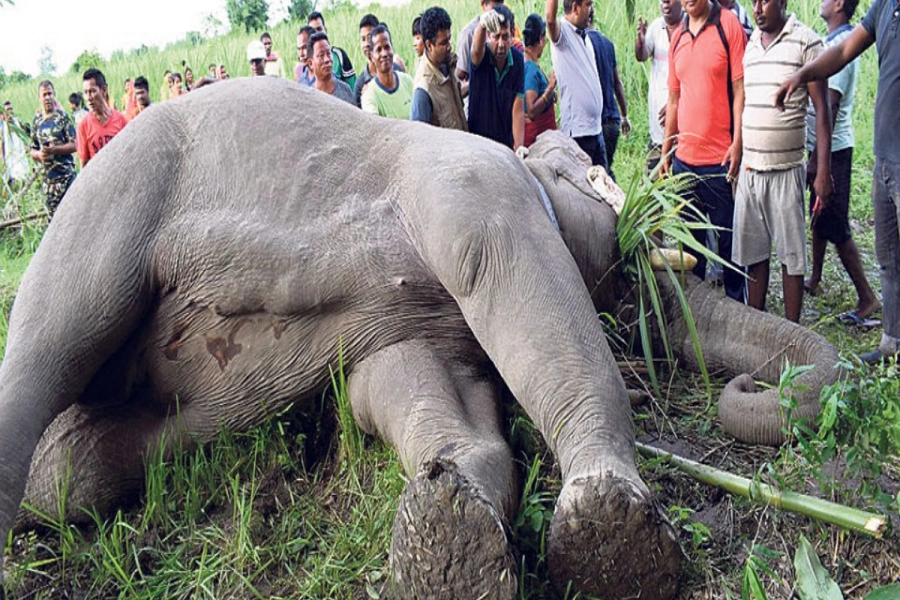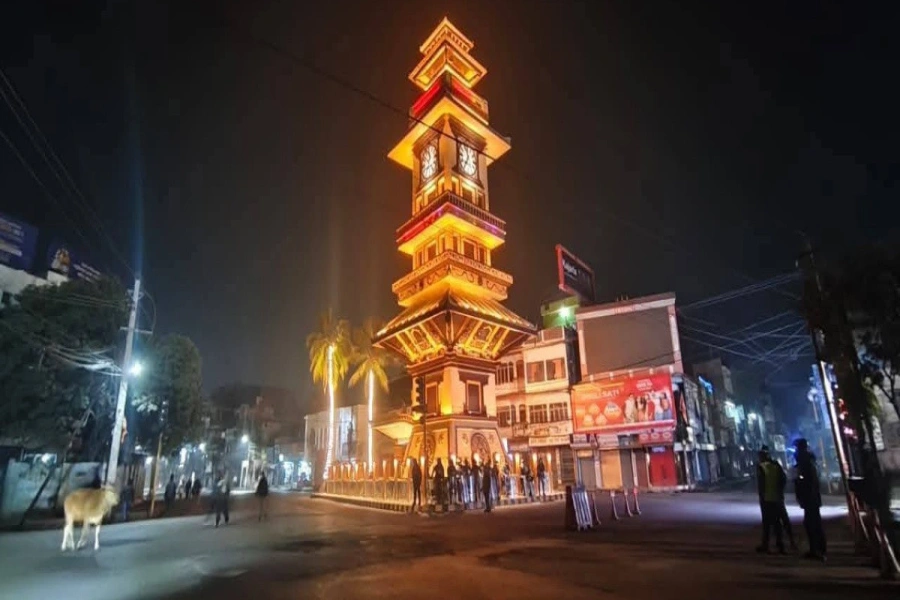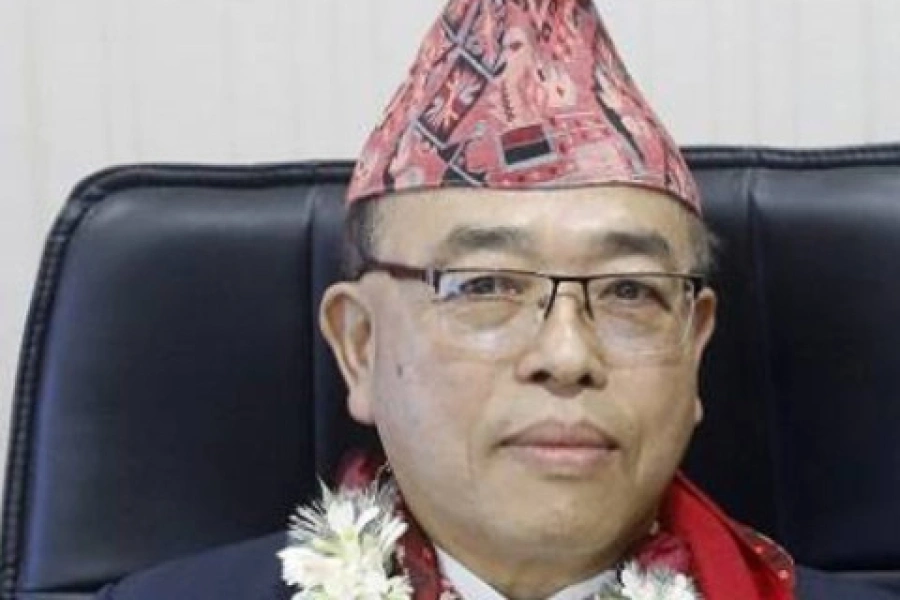Considering that Nepal only recently adopted secularism, that too without broad consensus across the political spectrum, political discourse is expected to shift to Hindu State
In the end it was a damp squib. More than one and a half months of electoral campaign in the world’s largest democracy finally ended with a result that was largely expected. However, the sheer scale of victory surprised many observers. In what was largely a presidential type of election, Bharatiya Janata Party’s tally of over 300 seats on its own led to the complete decimation of opposition parties. Barring few regional parties, it was Narendra Modi all the way.
For us in Nepal, importance of election of Modi can be gauged from the fact that Prime Minister K P Sharma Oli was among the first to congratulate him long before the actual result was out. This election in India has two-fold importance for Nepal. First, the lessons Nepal can derive from a more matured and successful democracies like India. Second, foreign policy exigencies Nepal must be prepared for.
Rise of strong man
India, it seems has come full circles. Not since Jawahar Lal Nehru has a leader in India been so widely accepted as Modi. The difference however is, while Nehru was venerated as the great unifier who refused to take the bait of ‘two nation theory’ propounded by Mohammad Ali Jinnah and built the nation on the capacious foundation of liberalism and secularism as core values, Modi is reviled as a divider-in-chief whose idea of nation is rule by majoritarianism and consigning the fearful minorities to the ever shrinking space. Modi’s idea of nation has historic roots in the views of the founding fathers of Rastriya Swayamsevak Sangh (RSS) who believed India should be a Hindu equivalent of Pakistan.
International Dance Day 2021: Who started it? Why is it celebra...

While RSS’ idea of nation had few takers after India’s independence, it seems the tide of history has now turned in its favor. New India, with no historical baggage seems enamored by Modi. While liberals can blame younger generation for embracing hardliner stance, generations of Indian National Congress (INC) leaders after Nehru are equally culpable of using and abusing the values of the founding fathers as per their requirements. For instance, Indira Gandhi turned liberalism on its head when she embraced authoritarianism during Emergency years. Similarly, subsequent INC governments have followed a policy of minority appeasement and used them as a vote bank while neglecting their genuine concerns.
From two seats in 1984 to two consecutive terms with full majority on its own marks the apogee of BJP. What really is bewildering is the belief of such a diverse populace in the cult of personality. Modi stands like a colossus transcending caste, religion divides and rural, urban divides. Even the most formidable coalition against him appears like a ragtag bunch.
Despite floundering on economic front, Modi successfully built his campaign on the plank of national security. He managed to project himself as the sole upholder of nationalism while defining nationalism in Hindu terms. It is to his credit that he avoided critical debates throughout his tenure but still managed to keep media attention on himself. Most of the promises he made during his first tenure remains unfulfilled but he still managed to project himself as a messiah who would propel the nation to glory.
While it is good for India to have a strong leader at the centre, especially at a time when it is at the cusp of becoming one of the major powers of the world, there are few unseemly aspects as well. The rabidly divisive campaign played by all parties coupled with the use of money and muscle marked its nadir. Some of the toxic leaders who openly spewed venom against minorities emerged victorious while well-educated and conscientious leaders like Kanhaiya Kumar and Aatishi Marlena, widely acclaimed as a hope for brighter India, lost.
BJP won this election on its own terms by flaunting hardcore Hindutva ideology. Their campaign was so brazenly based on religious nationalism that even the INC, which is seen as the upholder of secularism, adopted ‘soft Hindutva’ to reassure their Hindu vote bank. Will there be any introspection in the party to address the fear and trepidation of minorities? Modi’s greatness will be judged by how accommodating he is of minority concern.
Foreign policy impact
With international relations poised for a major realignment due to the ensuing trade war between the US and China, India will have to find a new balance with these two countries while making new inroads in the neighboring countries. Modi 2.0 is expected to be more assertive in pushing its interest abroad. Appointment of S Jaishankar, a career diplomat and a policy wonk with a vast experience of working with the US, China and neighboring countries, as the Minister of Foreign Affairs is a testimony of the fact that foreign policy is going to be a serious business.
Modi’s dealing with Nepal is expected to be mainly on three fronts—economic, strategic and ideological. However, it is the convergence of the respective interests of both countries that will decide the quality of relationship. On economic front, bilateral cooperation in the areas of infrastructure, energy and tourism is expected to gain momentum. Nepal should push for ways to reduce its growing trade deficit with India.
There will also be few prickly issues. Considering India’s acrimonious relationship with Pakistan, SAARC, for all practical purpose is dead. Invitation of leaders from BIMSTEC countries to the swearing in ceremony clearly suggests greater emphasis on this regional cooperation which is consistent with India’s ‘Neighborhood First’ and ‘Look East’ policy. While BIMSTEC is no substitute for SAARC, it will be interesting to see how Nepal and other member countries can play a role in its revival. Giving up on SAARC is akin to meekly submitting on the demands of a hegemonic neighbor.
On strategic front, Nepal will seek to end its dependence on India, especially after 2015 blockade. There is a general consensus among political and media elites in Nepal about its tilt toward China to find the right balance. While the concerns aren’t out of place, this is bound to raise India’s heckles considering that Nepal has traditionally been under India’s sphere of influence. This apart, new Nepal under KP Oli is seeking to end the ‘special relationship’ with India by making major revisions to the 1950 treaty, which Nepal feels, gives India a greater leverage. In a bid to seek respectable relationship, Nepal is seeking to expedite the EPG report as soon as possible.
Ideologically, Nepal’s reversal to Hindu State is expected to gain momentum. As Hindutva forces in India become more vociferous, tremors will be felt in Nepal. Considering that Nepal only recently adopted secularism, that too without broad consensus across the political spectrum, political discourse is expected to shift to Hindu State.
Lastly, India will seek a pliant regime in Nepal so that it can have its way. This can even threaten Nepal’s stability. With PM Oli’s strongman image built on anti-India rhetoric, he will have to find a balance between being flexible in terms of foreign policy while not be seen as too pliant in Nepal. His maneuverability will be severely constrained due to the presence of Pushpa Kamal Dahal. Success of his tenure will depend upon how well he is able to navigate the turbulent waters.
Twitter: @manjeetmishra82



